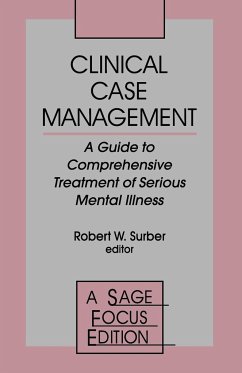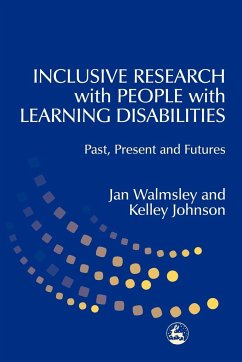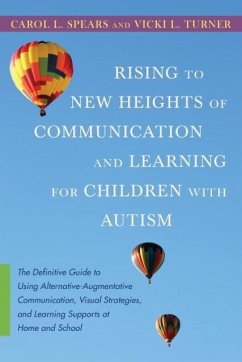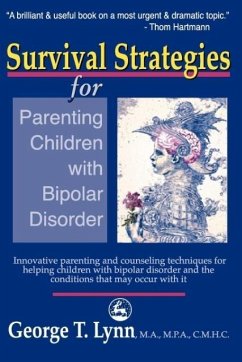
Approaches to Case-Study
A Handbook for Those Entering the Therapeutic Field
Versandkostenfrei!
Versandfertig in 1-2 Wochen
39,99 €
inkl. MwSt.

PAYBACK Punkte
20 °P sammeln!
A practical guide for those working with patients, this book will assist students in settling into their early placements and form a useful reference for those with more experience. Each chapter includes lists of questions which need to be borne in mind when approaching such topics as what is the reason for referral, what exactly is troubling the patient, what is the relevance of family or personal background, and what is the diagnosis, treatment plan and potential outcome. The book draws on anthropological and biographical as well as medical models, stresses ways of bridging the humanist and ...
A practical guide for those working with patients, this book will assist students in settling into their early placements and form a useful reference for those with more experience. Each chapter includes lists of questions which need to be borne in mind when approaching such topics as what is the reason for referral, what exactly is troubling the patient, what is the relevance of family or personal background, and what is the diagnosis, treatment plan and potential outcome. The book draws on anthropological and biographical as well as medical models, stresses ways of bridging the humanist and scientific approaches, and emphasizes the value of the patient (as well as the therapist) discovering his or her own story.












